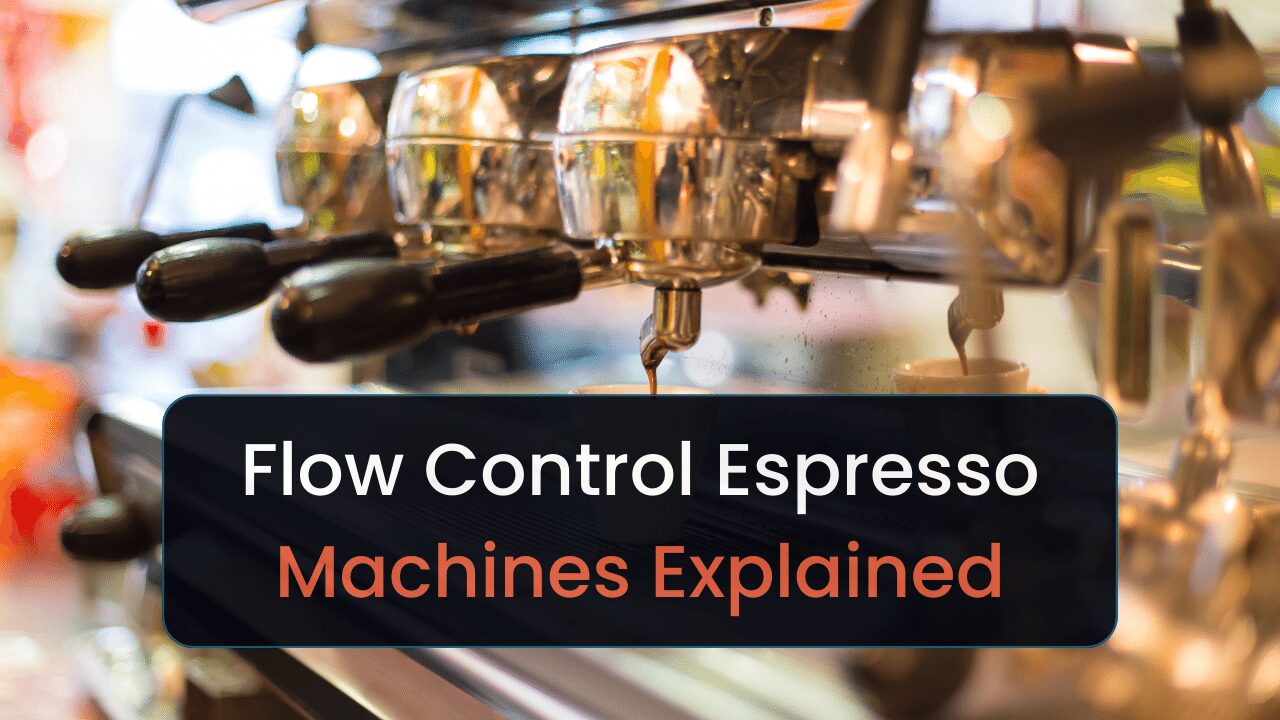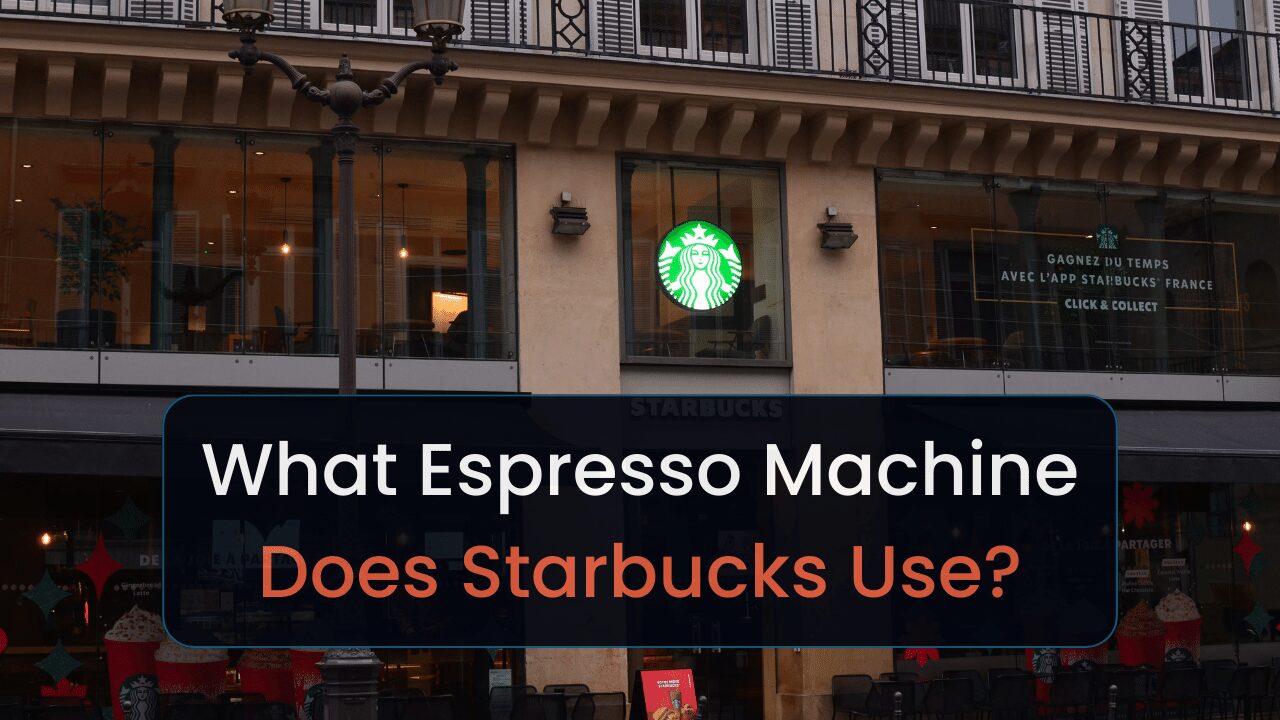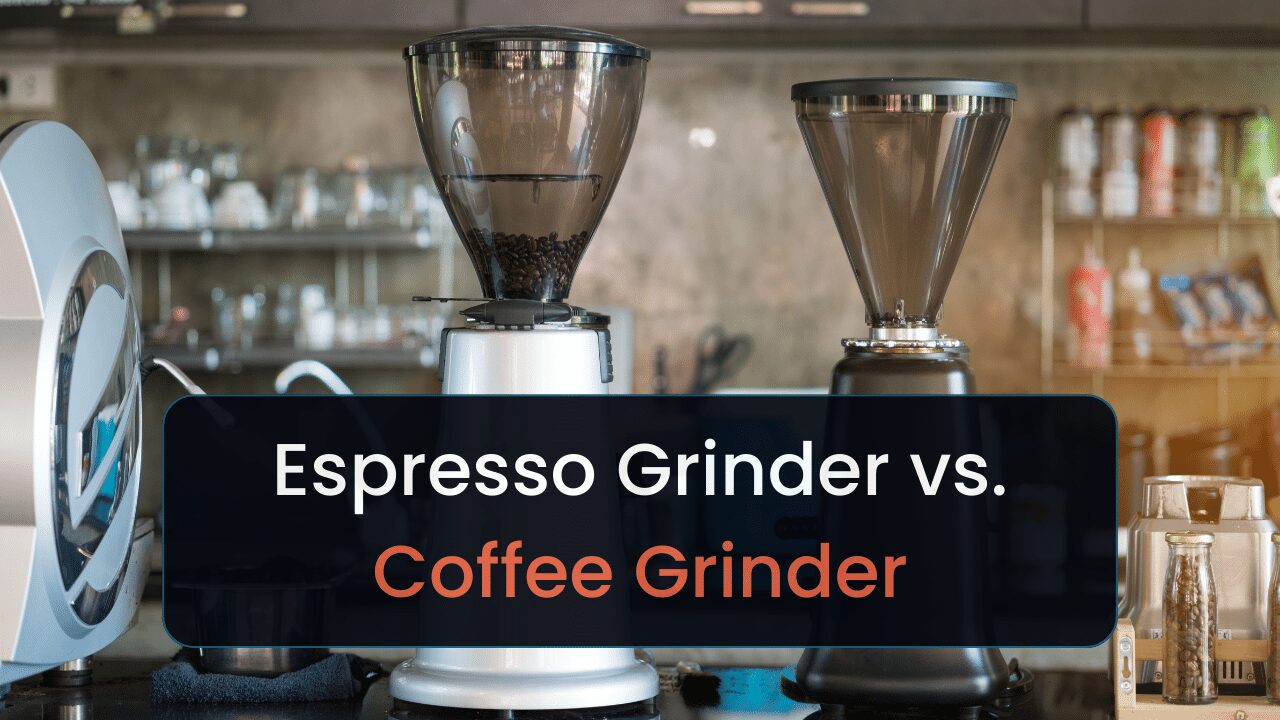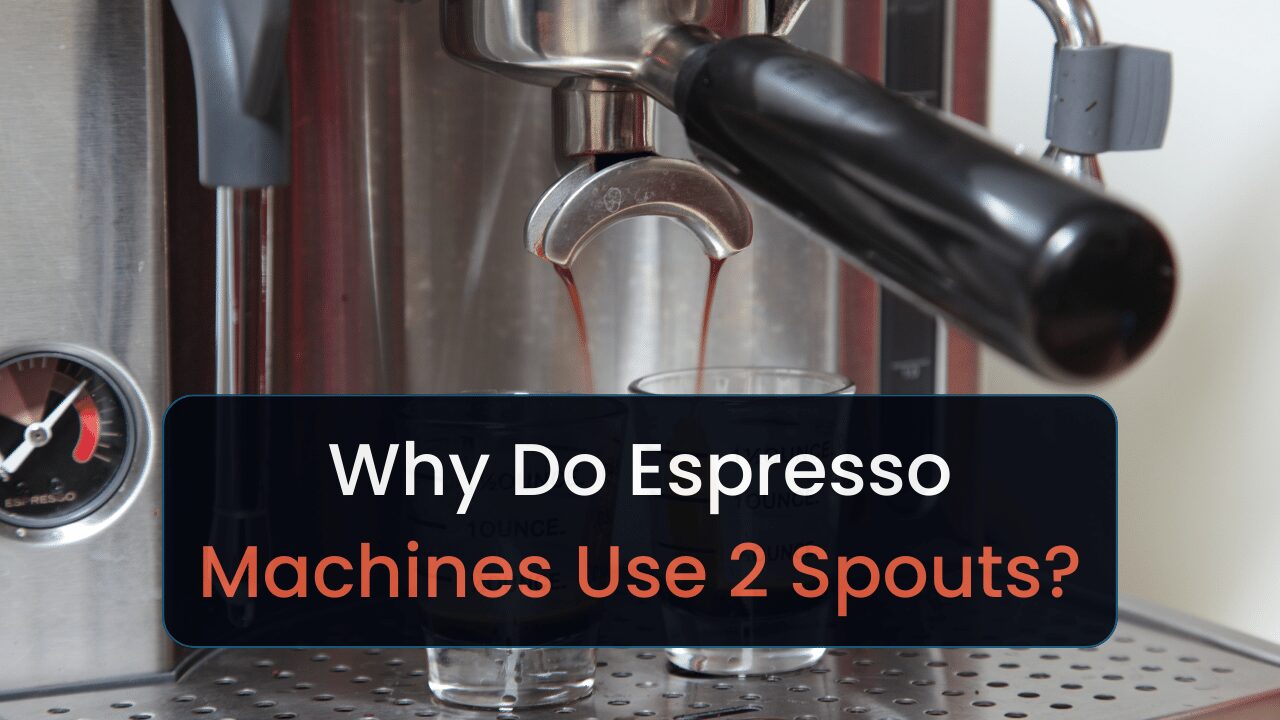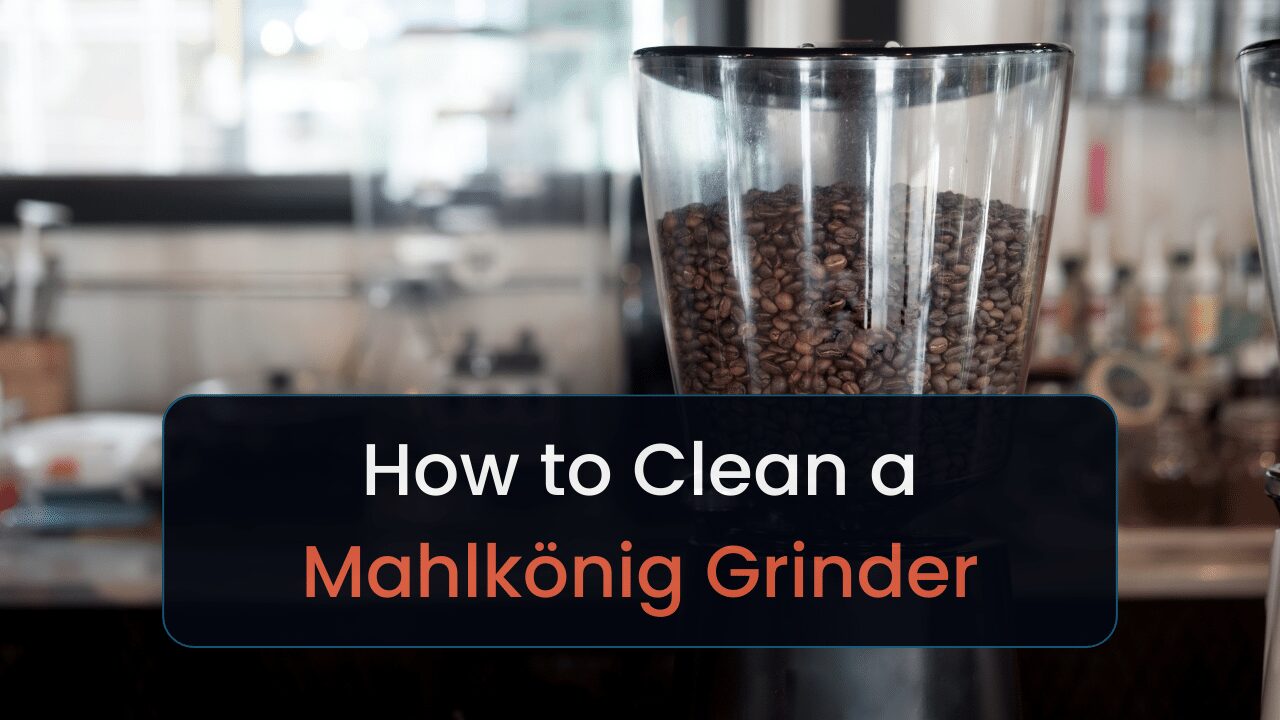When I first got into my coffee addiction, I didn’t know the differences between Nespresso and espresso. While similar, they do have differences. I’ll cover them throughout this guide.
I’ll explain where Nespresso and espresso differ in taste, cost, machine type, brewing process, and other factors.
Here is an overview:
Read on to learn more.
Key Takeaways
- Use a Nespresso maker for convenience and an espresso machine for great-tasting coffee.
- Espresso costs less to make per shot than Nespresso.
- Espresso has a more complex taste than drinks made in Nespresso machines.
- Owning an espresso machine will also require buying a tamper, grinder, and coffee scale.
Is Nespresso Real Espresso?
Nespresso is technically “real” espresso since it’s concentrated coffee brewed at a high pressure. It also has crema like regular espresso. It also meets the definition of espresso according to the Specialty Coffee Association (SCA) [1].
Their guidelines specify that real espresso is as follows:
- 25 ml of water used.
- Has 25–30 seconds of extraction time.
- Uses a minimum of 9 bars of pressure to brew.
- Uses at least 7 grams of finely ground coffee.
However, many folks may disagree with my statement since Nespresso isn’t made using traditional espresso-making techniques.
For instance, the Istituto Espresso Italiano (ISI) wouldn’t consider Nespresso as real espresso since the lack of a complex taste doesn’t meet their guidelines [2].
Now that’s out of the way. Let’s see where each coffee-making method shines and doesn’t.
Nespresso vs. Espresso at a Glance

Nespresso is espresso brewed from pre-filled pods in an espresso machine. It doesn’t have as rich of flavor as espresso, but makes brewing espresso easier. Both don’t have many differences in structure.
Espresso and espresso produced by an Nespresso maker are concentrated coffee that have crema—the froth on top of an espresso shot.
Nespresso works better for students or office workers who don’t have much time to brew coffee and want minimal cleanup. Espresso is better for enthusiasts who want great-tasting coffee and have ample extra time.
Nespresso wins and loses:
Wins:
- Easy to use: Plop a pod in the machine and press a button.
- No skill required: A toddler could probably operate a Nespresso machine.
- More compact: Could place it on a desk.
- Quick to heat: Takes less than a minute to heat the machine.
Loses:
- Lacks steam wand: Most models don’t include milk frothers or steam wand.
- Limited choice: Not the most Nespresso capsule options available.
- Pricey: More expensive per serving than ground coffee.
- Limited to single-serve: Many Nespresso machines don’t support carafe brewing.
Espresso wins and loses:
Wins:
- Variety: Can use any bean flavor or roast.
- Affordable: Will generally cost less in the long run.
- Durability: Medium- to high-end espresso machines are more durable.
- Control: You determine how your coffee will taste since you can control shot timing, temperature, etc.
Loses:
- Learning curve: Requires more skill to use semi-automatic and manual espresso machines.
- Requires a grinder: An additional expense unless you use ESE pods or pre-ground coffee.
- Not ideal for entertaining: Lack of carafe, thus making it not viable for entertaining guests.
- Long cooldown time: Could need to wait minutes before making another shot.
You’ll find a more in-depth comparison between these coffee preparation methods throughout this guide. I recommend you keep reading and don’t rely on the lists above.
Differences Between Nespresso & Espresso
Here are the differences between Nespresso and espresso:
| Nespresso | Espresso | |
| Taste | Less complex | More complex |
| Use Case | Office workers, students, or folks in a hurry | Coffee enthusiasts |
| Cost | More expensive | Cheaper |
| Machine Type | Nespresso | Manual, automatic, semi-automatic, and super-automatic |
| Pressure | 19 bars | 7–15 bars |
| Extraction Time | <1 min | 2–4 min |
| Difficulty | Easy | Easy to difficult |
| Crema | More | Less |
The following sections will dive deeper into each of these points.
Let’s begin.
1. Taste
Nespresso tastes like coffee from a restaurant and not a café or coffee shop. That means it has a milder, less acidic taste without much complexity.
Espresso—depending on how it’s made—has more complexity and not as much sweetness.
Espresso also has a lot more variation in how you make it taste. It all depends on the beans and roasts used. Nespresso doesn’t offer as much variety, though.
Summary: Nespresso has a less complex flavor than espresso and doesn’t have as much variety.
2. Cost
Let’s compare costs for the coffee first [3, 4]:
| Cost Per Serving | |
| Nespresso Original Pod | $0.80–$2.00 |
| Nespresso Vertuo Pod | $0.98–$1.65 |
| Coffee Beans | $0.55 |
| ESE Pod | $1.20 |
When considering beans, espresso costs less per shot.
And here’s what you’d spend per year:
| Cost Per Year | |
| Nespresso Original Pod | $292–$730 |
| Nespresso Vertuo Pod | $357–$602 |
| Coffee Beans | $200 |
| ESE Pod | $438 |
Making traditional espresso could save you up to $530 a year. And that’s for 1 shot daily.
The number in the table is for beans that aren’t the highest quality or Fair Trade. Just regular coffee beans. And if you want to make your espresso-making more convenient, you’d pay over double the price for Easy Serving Espresso pods (ESE).
That doesn’t account for all the expenses, though. Nespresso machines only require you to get the machine, pods, and a descaling agent. If you want milk-based drinks, you must spend an additional $60–100 on a separate milk frother.
However, opting for an immersion blender will cost you up to $20.
Traditional espresso machines will also need:
Most espresso machines will include milk frothers or steam wands, which will save you money in that area. But otherwise, the costs could add up. Even if you get a cheaper espresso machine.
Then you’ll need to consider replacement costs. Cheaper espresso machines ($50–$200) could break down within a year or 2. Meanwhile, lower-end Nespresso machines could last 4–6 years [5].
Higher-quality espresso machines will last 12–15 years. But may require part replacements. And you’ll need to consider replacements and maintenance for the coffee grinder.
You’ll need to consider more than the financial cost when determining whether a Nespresso or espresso machine is better.
Summary: Espresso machines have a higher upfront cost, but costs less over time. Meanwhile, Nespresso makers cost more per cup.
3. Use Cases
Nespresso machines work much better for anyone in a hurry. Whether you’re on your way to work, are in the office and need a cup of coffee, or are a student in a dorm.
That’s because it takes up to 2 minutes—when also considering heating—to make a cup of Nespresso. Afterward, Nespresso machines always power off on their own. And they have minimal cleanup.
Making them essential for anyone who doesn’t have much of a time budget.
Espresso machines work better for hobbyists or for anyone who loves the art of making espresso.
That’s because most espresso machines will take about 10 minutes to heat up. Then you’ll need to spend a few minutes grinding your beans, tamping your portafilter, and timing your shots. Unless you use a super-automatic machine.
Those machines also work fine for folks in a hurry.
But all the steps required to make espresso in a manual or semi-automatic machine take too much time. Someone who’s in a hurry likely doesn’t want to have to perform all those steps. Then afterward, dispose of the coffee puck and clean the portafilter.
Summary: Anyone in a hurry or who seeks convenience over taste should opt for Nespresso machines.
4. Nespresso Machine vs. Espresso Machine
Nespresso’s machines are much easier to operate and can serve drinks much quicker than traditional espresso machines. Some Nespresso machines are also better for entertaining guests.
It depends on the type of Nespresso machine used, though. Original line machines are only single-serve and use smaller pods. Vertuo machines use larger pods and
Then you’ll see several types of espresso machines:
| Machine Type | What it Automates | Best for | Avg. Price |
| Super-automatic | Everything | Automated traditional espresso | $800–$5,000 |
| Semi-automatic | Pressure & water flow | Restaurants & home use | $200–$2,000 |
| Automatic | Grinding, tamping, & brewing | Balancing cost & automation | $300–$3,000 |
| Manual | Nothing | Learning the basics | $100–$800 |
Super-automatic machines are similar to Nespresso machines, but require you to grind beans and tamp portafilters. You select what drink you want from a menu, then the machine brews it.
Semi-automatic and automatic machines automate a few steps in espresso making and present the most control. Allowing home baristas to tailor drinks to their preferences. Manual machines present the most control, though.
Here’s a factor that’ll impact your espresso’s taste.
Summary: Nespresso machines automate every step of espresso making and require capsules to use. Espresso machines give the user more control over their shots.
5. Pressure
Nespresso needs 19 bars of pressure to brew espresso. While the optimal pressure range for espresso machines is 9–11 bars. Nespresso uses more pressure than espresso machines and doesn’t allow the user to control how much pressure your machine applies.
Many espresso machines allow you to use various pressure levels to affect your extraction rate. For instance, using low amounts of pressure (1.5 to 3 bars) before using the full 9 bars would allow you to pre-infuse your espresso.
Allowing you to extract more flavors from your beans.
Summary: While the pressure’s higher from a Nespresso machine, it doesn’t result in bitter coffee as it would when used with an espresso maker. That’s because of the pressure piercing through Nespresso pods.
6. Extraction Time
It’ll take a minute or less for Nespresso to brew. Meanwhile, it’ll take 2 through 4 minutes to brew an espresso shot.
Since it doesn’t take long to extract, those who don’t have much time to brew coffee should opt for using Nespresso machines.
7. Difficulty
You only need to know how to add a capsule to your Nespresso machine and how to press a button. Making it an exceptional device for anyone who doesn’t want to take the time to learn how to brew coffee.
Difficulty among espresso machines will vary.
Super- (or fully) automatic machines will automate almost every step of espresso making like with Nespressos. However, you must achieve an ideal bean grind consistency and tamp your coffee grounds. Which in itself requires a technique to perfect.
Some super-automatic machines will include automatic tampers and built-in grinders. But these will cost much more. Putting them out of reach for most folks who just want an espresso drink.
Manual and semi-automatic espresso machines require much more skill to achieve a good shot. The former requires you to perform every espresso-making step manually. Including boiling water.
Then you’ll need to ensure you break down coffee grounds in your puck and have a great tamping technique to prevent events such as espresso channeling. Otherwise, you risk ruining your drink.
The latter requires you to time your shots, adjust your machine’s pressure, tamp your coffee grounds, and more.
Summary: Nespresso machines are easier to use than all types of espresso machines.
8. Crema
Nespresso has a more aerated and larger crema than espresso. Crema produced from machines in the Vertuo line have an even thicker crema than that produced from an Original line machine.
What is crema? It’s the foam that sits on top of an espresso shot.
Summary: Nespresso has more crema than espresso.
9. Nespresso Pods vs. Coffee Grounds
Nespresso capsules cost more per capsule and aren’t as environmentally-friendly as ground coffee. They also don’t have as much flavor variety.
They do offer more drink options—if you opt for Vertuo pods. For instance, some Vertuo pods will use slightly coarse grounds, which is ideal for black coffee. Giving you an option to brew espresso and black coffee with your machine.
However, you won’t get much of a say in what type of beans your pods use. If this doesn’t bother you, then ignore this point.
Leftover espresso pucks have more purposes than Nespresso pods. For instance, you could use them to fertilize plants that thrive in acidic soil. Making them much easier to deal with than Nespresso pods.
However, you can’t do the same with Nespresso pods unless you opened the capsules and dumped the coffee in your garden. And while recyclable, not all cities will allow you to recycle them.
For instance, some areas may not allow you to place it in a recycling bin since they still have coffee inside.
And because of factors like this, many folks will throw them in the trash. Which isn’t as environmentally-friendly as composting coffee grounds.
Now that the comparisons are out of the way. You might need a refresher on what Nespresso is.
Summary: Nespresso pods don’t have as much variety and you can’t repurpose them like with coffee grounds.
What is Nespresso?
Nespresso is a brand of single-serve coffee machines and capsules. Their machines use 19 bars of pressure to force hot water through a capsule of finely-ground coffee. This produces a concentrated espresso-like beverage.
They typically make their capsules out of aluminum and fill them with various coffee blends and roasts.
If you need a refresher on what espresso is, keep reading.
What is Espresso?
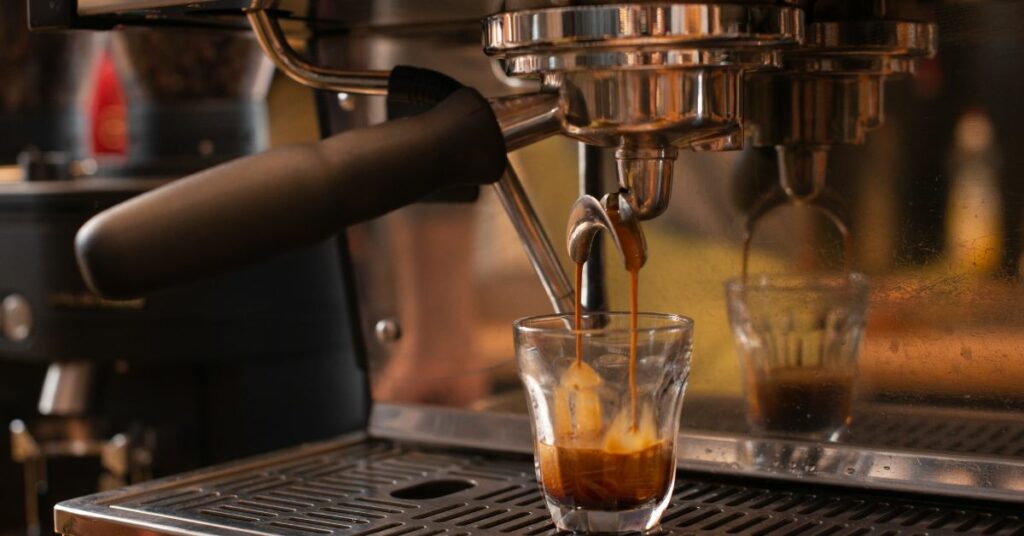
Espresso is a concentrated form of coffee made by forcing 9 bars of hot water through finely-ground coffee beans. This process produces a small, strong shot of coffee that serves as the base for many drinks, such as lattes, cappuccinos, and macchiatos.
Espresso isn’t the same as black coffee.
You’d use a finer grind than most coffee-making methods. Then it’s brewed at a high pressure (9–15 bars). Most other coffee brewing methods use 1 or fewer bars. And espresso has crema, the velvety foam on top of it.
The high pressure of an espresso machine extracts carbon dioxide and oils from the beans, which rises to the top of an espresso shot and forms crema.
Now you should know the differences between Nespresso and espresso. Signing off.
Conclusion
Nespresso works better for anyone who doesn’t mind sacrificing taste for convenience. And espresso offers more complex flavors, but requires a much higher learning curve.
If you’re getting into espresso, you’ll want to learn about different types of beans. We have a guide for that.

